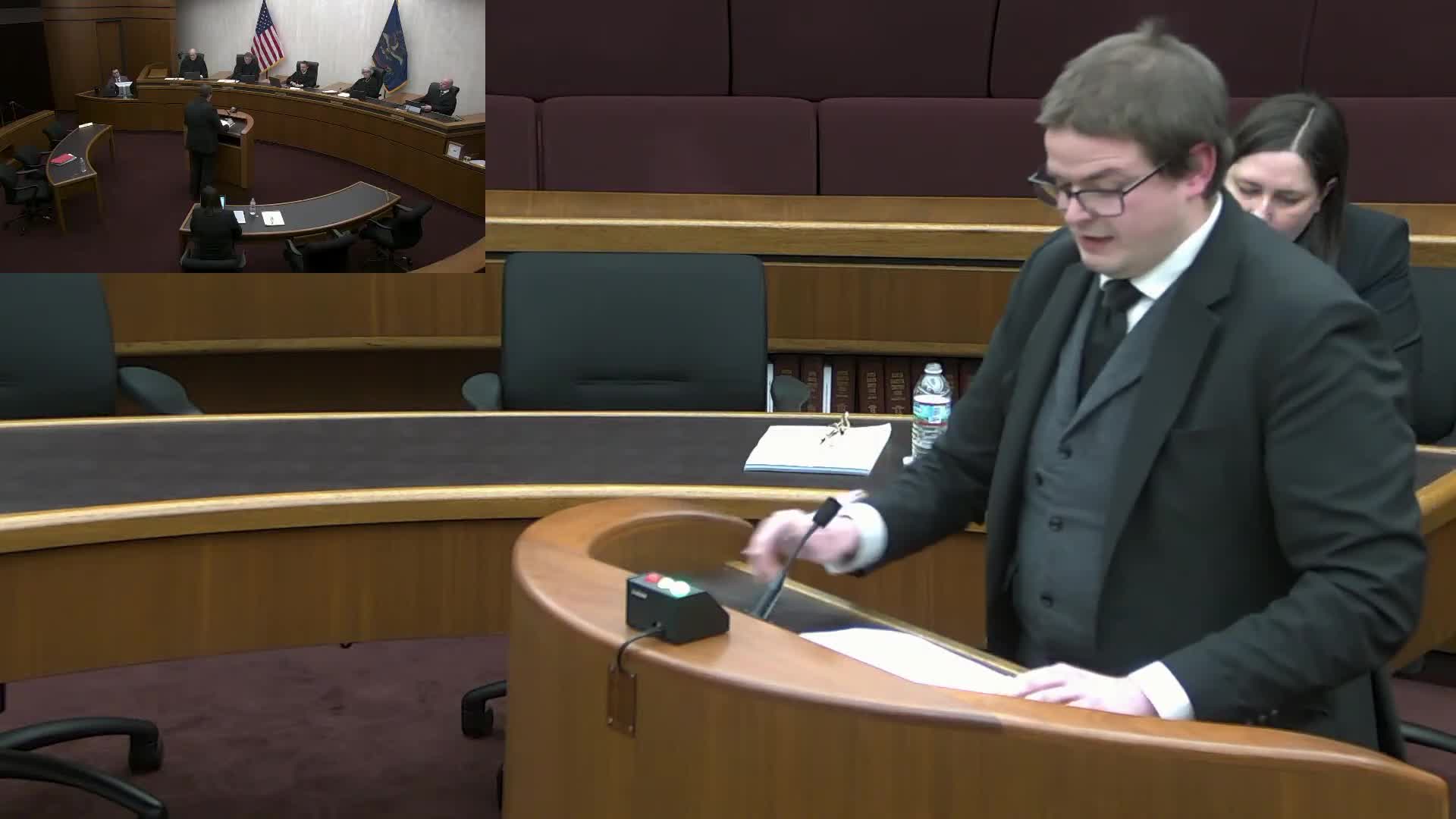Court reviews firearm operability evidence in Enriquez case
January 11, 2025 | Supreme Court , State Agencies, Organizations, Executive, North Dakota
This article was created by AI summarizing key points discussed. AI makes mistakes, so for full details and context, please refer to the video of the full meeting. Please report any errors so we can fix them. Report an error »

In a recent session of the North Dakota Supreme Court, discussions centered on the case of State v. Henderson, highlighting critical issues surrounding firearm possession and legal interpretations. The court examined whether the evidence presented at trial sufficiently demonstrated that the firearm in question was capable of firing, a key factor in determining the legality of its possession.
During the proceedings, it was noted that the jury had ample grounds to conclude that the firearm was operable. Testimony from a law enforcement officer indicated that, based on his training and experience, the firearm could indeed expel a projectile. The officer also confirmed that he had cleared the firearm of any ammunition before seizing it, which further supported the inference that the firearm was functional. The presence of ammunition alongside the firearm raised questions about the intent behind its possession, suggesting that it was kept for use.
The state argued that the jury's findings were justified and that the court should review the case for any obvious errors, emphasizing the importance of maintaining fairness and integrity in the judicial process. They referenced previous cases to support their position, asserting that expert testimony was not a prerequisite for establishing a firearm's operability. Instead, the court could rely on the surrounding facts and lay witness testimony, particularly from trained officers.
This case underscores the ongoing discussions about firearm regulations and the legal standards for possession in North Dakota. As the court deliberates, the implications of their decision will resonate within the community, particularly concerning public safety and the interpretation of firearm laws. The outcome could influence future cases and the legal landscape surrounding firearm possession in the state.
During the proceedings, it was noted that the jury had ample grounds to conclude that the firearm was operable. Testimony from a law enforcement officer indicated that, based on his training and experience, the firearm could indeed expel a projectile. The officer also confirmed that he had cleared the firearm of any ammunition before seizing it, which further supported the inference that the firearm was functional. The presence of ammunition alongside the firearm raised questions about the intent behind its possession, suggesting that it was kept for use.
The state argued that the jury's findings were justified and that the court should review the case for any obvious errors, emphasizing the importance of maintaining fairness and integrity in the judicial process. They referenced previous cases to support their position, asserting that expert testimony was not a prerequisite for establishing a firearm's operability. Instead, the court could rely on the surrounding facts and lay witness testimony, particularly from trained officers.
This case underscores the ongoing discussions about firearm regulations and the legal standards for possession in North Dakota. As the court deliberates, the implications of their decision will resonate within the community, particularly concerning public safety and the interpretation of firearm laws. The outcome could influence future cases and the legal landscape surrounding firearm possession in the state.
View full meeting
This article is based on a recent meeting—watch the full video and explore the complete transcript for deeper insights into the discussion.
View full meeting
